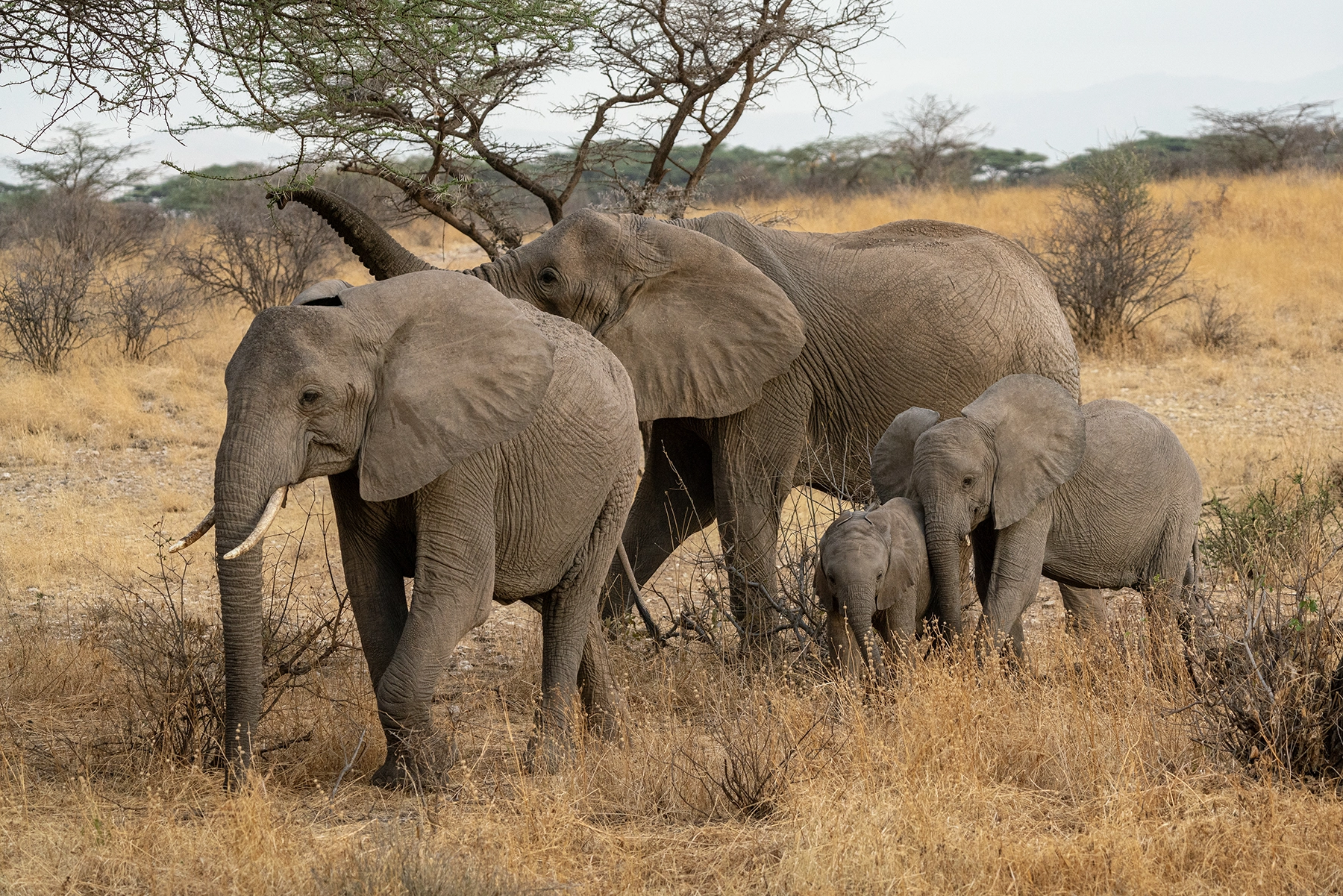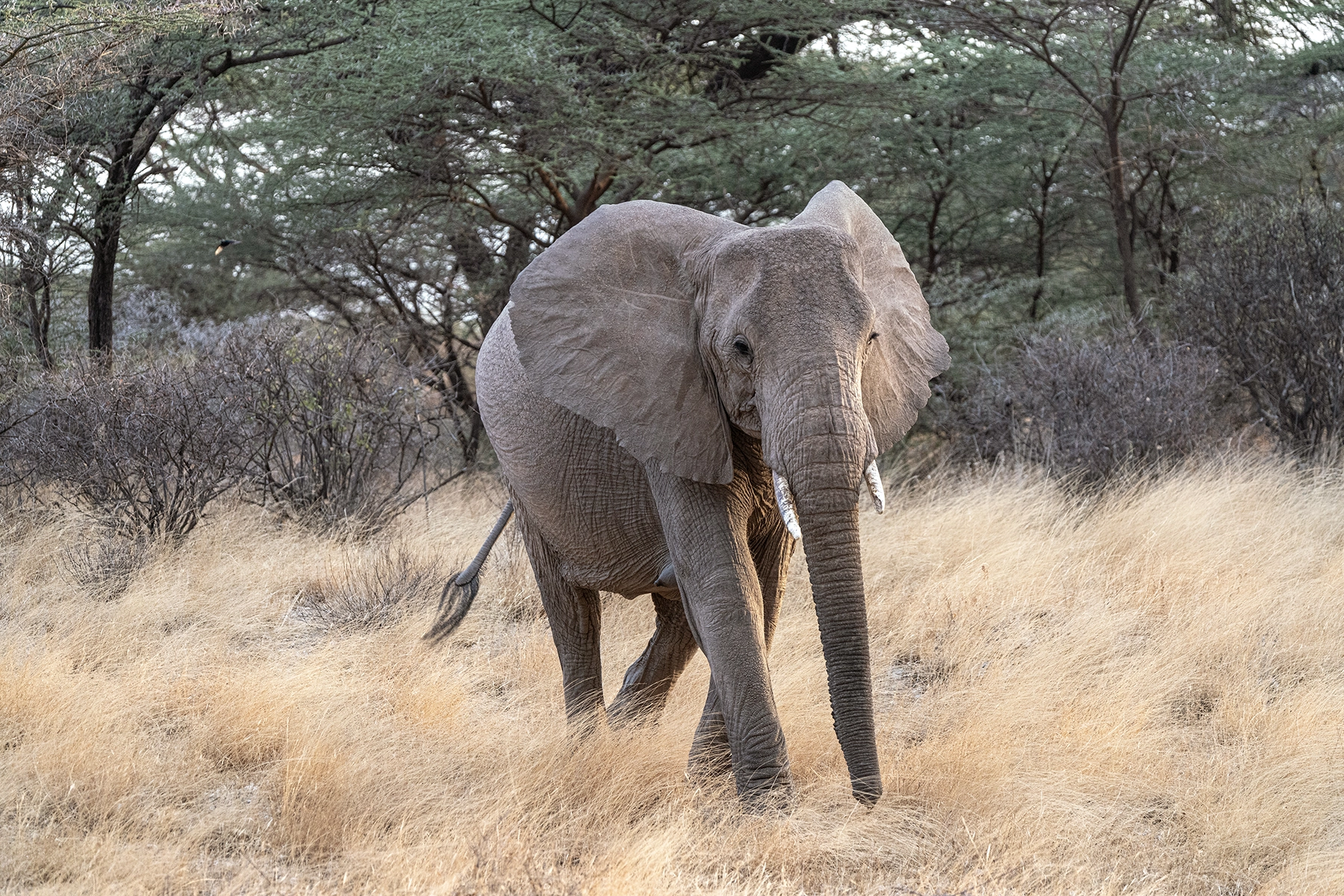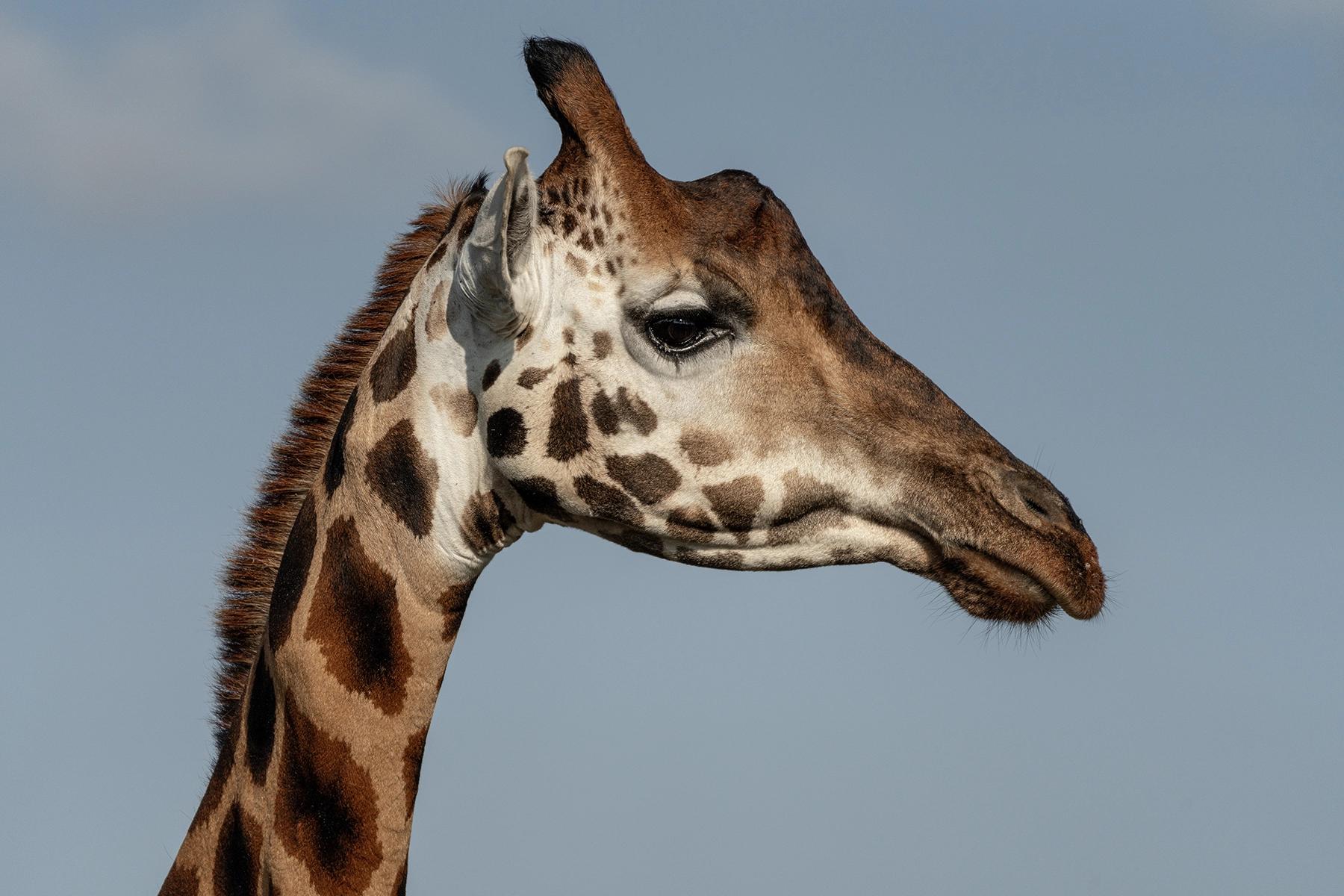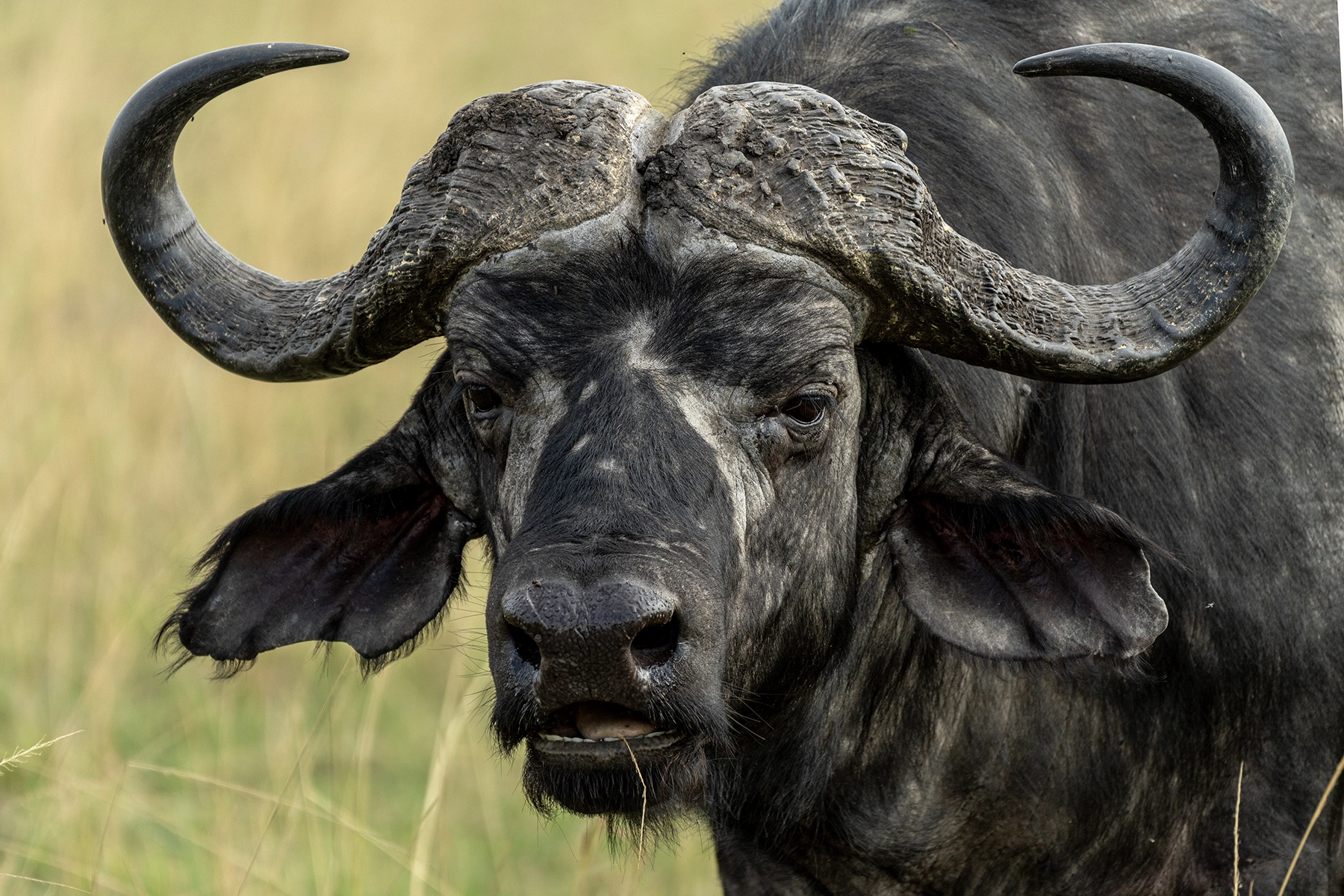A Kenya photo safari with the Tamron 50-400mm lens was a dream come true for me as a photo enthusiast. The country’s wildlife and beautiful landscapes offer endless opportunities to capture once-in-a-lifetime images. Whether you’re preparing for your own Kenya photo safari or researching the Tamron 50-400mm lens for wildlife photography, this article will give you firsthand insight, helpful tips, and gear recommendations to elevate your experience.
By Guest Contributor Stacie Errera
In this article, you’ll learn:
- What makes Kenya a top destination for wildlife and landscape photography
- How the Tamron 50-400mm lens performs on a real Kenya photo safari
- Key features of the lens that enhance wildlife shooting in rugged conditions
- Practical gear tips and must-have accessories for safari photography
- Techniques for capturing sharp, compelling images of animals and scenery
- Ethical photography practices to respect wildlife and preserve habitats
Why Choose Kenya for Your Photo Safari?

Kenya has long been a favorite destination for wildlife photographers. And there are many reason why:
- Wildlife Variety: The country’s diverse ecosystems support a variety of iconic animal species. From the majestic elephants of Amboseli to the vibrant flamingos of Lake Nakuru, the opportunities to see wildlife are vast.
- Diverse Landscape: The landscape diversity provides even more reasons to visit. Kenya offers sweeping savannahs, lush forests, and stunning lakes. Each environment hosts unique wildlife, allowing photographers to capture a broad range of subjects.
- World-Renowned Game Parks: The parks in Kenya are safe for visitors and well-protected for the animals. Parks like the Masai Mara are famous for events like the Great Migration, an annual natural event unlike any other.
- Cultural Opportunities: Kenya’s cultural richness adds another layer to your safari experience. The Maasai people, with their vibrant traditions, offer a glimpse into authentic local life.
- Accessibility: Kenya’s well-developed accessibility and infrastructure make it an ideal destination for a photo safari. Nairobi is a central hub that offers easy connections to safari destinations through many tour operators. My safari began at the famous Sarova Stanley.
- Knowledgeable Tour Operators: My tour, arranged by the international tour operator Collette, was handled on the ground by Liberty Africa Safaris, and they provided an exceptional experience. The Liberty tour manager and our drivers were incredibly knowledgeable, and the safari accommodations exceeded expectations, creating an unforgettable, first-class adventure. Choosing a reputable operator lets you fully immerse yourself in capturing images without the hassle of managing logistics and problems.
What lens should you bring on such an adventure?
I am an enthusiast photographer, not a professional, and full disclosure, I am the VP of Marketing & Communications for Tamron Americas and this lens was a sample lens I borrowed for my trip. One of the perks of working for Tamron is we can borrow lenses. But with so many options available to me, I chose the lightweight Tamron 50-400mm Di III VC VXD for my safari because I wanted to be sure I could handle my gear comfortably for two weeks of daily shooting. This versatile zoom lens is a popular choice among telephoto lenses for wildlife photography, and it was a game changer lens for me to use during this one in a lifetime trip.
In addition to the 50-400mm, I brought along my Tamron 28-75mm F2.8 G2 lens, which I used to capture portraits at a Maasai village and candid shots of my travel companions.
My Review of the Tamron 50-400mm Lens for Sony Cameras on Safari

When planning a Kenya photo safari, choosing the right lens for better shots is crucial. The Tamron 50-400mm lens stands out as an excellent option. Its versatile focal range makes it ideal for capturing distant wildlife and sweeping landscapes.
Focal Length Range
This lens offers exceptional versatility, which is vital for safari photography. With its 50-400mm range, I could seamlessly zoom in on distant wildlife or frame landscapes without switching lenses. When wildlife wandered unexpectedly close, I used the 50mm end to capture large animals within their natural surroundings, photographing the scene without the disruption of changing lenses, unlike others in my vehicle often scrambled for wider focal lengths, risking missed shots. On the other hand, the 400mm telephoto reach provided excellent range for detailed animal portraits.
Weather Sealing
The Tamron 50-400mm lens has solid build quality, designed to endure the rigors of outdoor photography. Its weather-sealing effectively shields against dust and moisture—common challenges in Kenya’s national parks—providing peace of mind throughout my trip. Despite my initial concerns about the pervasive dust, the lens performed flawlessly under harsh conditions. I’ll share more insights on managing dust and protecting gear later.
Optical Performance
The optical performance of the Tamron 50-400mm lens is truly impressive, delivering sharp images with vibrant color fidelity throughout its zoom range. Whether I was capturing lions in motion or breathtaking sunsets, the lens consistently produced vivid, detailed photos. I was amazed by the sharpness and rich color rendition in every shot.
Image Stabilization
Tamron’s VC Vibration Compensation is a vital feature of this lens, greatly assisting me in my two weeks of handheld shooting. Safaris often occur in vehicles with limited space for tripods or even monopods. Using my arms resting on the top of the Land Cruiser as my tripod, the built-in stabilization minimized blur that can occur from this type of hand-holding at longer focal lengths.
Autofocus
Autofocus speed and accuracy are crucial for capturing fleeting moments in the wild. The Tamron 50-400mm excels here with its quick and quiet VXD autofocus system. This feature allowed me to lock onto fast-moving subjects, ensuring I didn’t miss a shot during the high-paced action of the safari.
Compatibility with My Camera
This Tamron lens for Sony E-mount also works seamlessly with Nikon Z. I used the lens on my Sony A7R III camera.
Lightweight Design
One of the standout advantages of the Tamron 50-400mm lens for me was its lightweight design, especially when paired with my Sony mirrorless camera. This combination offered exceptional portability, making it ideal for my extensive journey across Kenya’s renowned national parks. Carrying my camera bag from safari lodges to the Land Cruiser was effortless, and the manageable weight of the camera-lens combo allowed me to shoot comfortably during every game drive—twice a day for 10 consecutive days!
With all these features, I was confident my Kenya photo safari with Tamron 50-400mm would be a success!
My Experience in Kenya’s National Parks
Exploring Kenya’s national parks, from Aberdare to Nairobi National Park, was an unforgettable adventure. Each park offered a unique experience and tested the lens’s capabilities. Its versatility truly shined across these diverse landscapes.

Starting in Aberdare National Park, I could easily zoom in on the baboons while walking the grounds, and photograph giraffes while horseback riding thanks to the lightweight design and VC image stabilization.

In Buffalo Springs Reserve, we came upon a family of elephants (image above). The Tamron 50-400mm lens allowed me to frame the entire family. Just a few minutes later, I captured a bull’s dramatic approach as it came remarkably close to our vehicle.

In the Masai Mara, the lens excelled during the Great Migration. I managed to get sharp photos of zebras and wildebeests in motion. It also performed well with the big cats, capturing details from a safe distance.

Amboseli National Park provided an incredible end to the safari. The lens captured elephants against Mount Kilimanjaro with stunning clarity. I appreciated its range for both wide and close shots that captured the lashes of a giraffe.

I also experimented with landscape shots. The lens proved its versatility by capturing sweeping views of the parks. Wide shots turned out clear and vivid, showcasing the African beauty.
The Tamron 50-400mm lens surpassed my expectations. It was not just a tool but a great way to experience wildlife up close. Its adaptability and quality deeply enriched my Kenya photo safari experience and photo memories. From point of view, a Kenya photo safari with the Tamron 50-400mm is definitely the way to go.
Photography Tips for a Successful Kenya Safari
Planning your photography strategy is crucial for a rewarding safari in Kenya. Knowing when and where to shoot can make all the difference. Here are my best tips I hope will help you capture stunning moments, too.
- Don’t miss the morning game drives. Embrace early mornings and late afternoons. This period, known as the “golden hour,” offers soft, diffused lighting ideal for photography. And animals are far more active during these cooler parts of the day.
- Trust your driver to locate wildlife. Experienced drivers are skilled in reading animal behavior, greatly increasing your chances of spotting and photographing Kenya’s incredible wildlife. Our driver, Chris, was a true expert, especially in identifying bird species. His deep understanding of animal behavior led us to remarkable sightings, including the elusive leopard—one of the hardest of the Big Five to find!
- Be patient and adaptable. Wildlife is unpredictable, and waiting for the perfect shot often pays off. Trust your driver to position you for the best photographic opportunities. On one unforgettable occasion, our driver raced across the Amboseli plains when Mount Kilimanjaro briefly emerged from the clouds, determined to find an elephant to frame against the iconic mountain backdrop.
- Composition can elevate your photos from good to great. Use leading lines and the rule of thirds. These techniques help to create more engaging and dynamic images.
- Always prioritize the subject’s eyes. Capturing an animal’s eyes can bring your photos to life, creating a powerful focal point that draws viewers in. The Tamron 50-400mm lens allowed me to zoom in for striking, close-up animal portraits. Its seamless integration with Sony’s Animal Eye-AF feature made it easy to lock focus on expressive eyes—a feature I trusted and relied on throughout the entire trip for consistently sharp and captivating shots.
Wildlife Photography Gear Recommendations Beyond the Lens

Besides my Tamron 50-400mm, I used other gear on my safari that made sure I was ready for a variety of shooting conditions.
- Second Camera Body: Avoid changing lenses during game drives, as the dusty conditions can introduce dirt onto your camera sensor. Instead, mount a standard, wide-angle, or all-in-one zoom lens on a second camera body. This setup allows you to easily capture shots that don’t require a telephoto lens without risking getting your sensor dirty. I used a Sony A7 III with my Tamron 28-75 F2.8 G2 on my second body.
- Polarizing Filter: To reduce glare and enhance contrast in bright conditions.
- Spare Batteries: Ensure you don’t miss shots due to low power. All the lodges had ample outlets, so I could charge my batteries overnight.
- Fast Memory Cards: Essential for high-speed burst shooting.
- Scarf or Cover for Camera and Lens Protection: As mentioned earlier, the dust was far worse than expected. On game drives, the top of the safari vehicle remains open unless it rains. When speeding through dry areas, clouds of dust filled the vehicle, leaving everything—me included—covered in a fine grit. To protect my gear, I wrapped my camera and lens in a scarf whenever I wasn’t shooting. While photographing, I kept the scarf around my equipment, leaving only the front of the lens exposed. This simple step proved essential in keeping my gear safe from the relentless dust.
- Lens Cleaning Kit: Make it a habit to clean your camera and lens each evening or between game drives to remove as much dust as possible. Carry lens wipes and use them frequently during drives to ensure your lens stays clean, so you can capture sharp, clean shots without interference from dust buildup.
Ethical Wildlife Photography: Respecting Kenya’s Natural Heritage

Ethical considerations are paramount in wildlife photography. Capturing Kenya’s beauty requires more than technical skills. Respect and responsibility for the environment and its inhabitants is paramount.
- Maintaining a respectful distance from wildlife is crucial. Getting too close can disturb animals, causing stress or altering their natural behavior. Always use a telephoto zoom lens, like the Tamron 50-400mm, to photograph from a safe range without intruding.
- Avoid influencing the subjects or their environment. Tempting as it may be, never provoke an animal for the sake of a dramatic shot. Patience is key; observe silently, allowing nature to unfold in its own time.
- Preserving the habitat is as vital as respecting its inhabitants. Stay on designated paths and never remove or disturb natural features. This ensures that future generations can enjoy the beautiful landscapes and wildlife that Kenya offers.
- Sharing your images can raise awareness. Highlighting conservation issues and the beauty of Kenya’s ecosystems can promote protection efforts.
Ethical photography not only captures the moment but also supports wildlife conservation efforts. Traveling with Liberty Africa Safaris ensured we explored Kenya with respect for the environment and local communities and adhered to sustainable practices throughout our trip.
Final Thoughts About My Kenya Photo Safari with the Tamron 50-400mm
The Tamron 50-400mm lens proved indispensable on my Kenya safari. Its versatility allowed me to capture a wide range of subjects effortlessly. From distant wildlife in the savannah to close-up details, this lens excelled in various scenarios.
Image stabilization played a crucial role, especially in the unsteady conditions of an open safari vehicle. It minimized blur, ensuring my shots were sharp and clear. This feature was invaluable during quick photo opportunities when I needed rapid capture without setup.
The lens’s portability was a massive plus for travel. Lightweight yet robust, it handled the demanding conditions of Kenyan national parks. The weather-sealing provided peace of mind, safeguarding against dust and sudden downpours.
For photographers looking for a reliable option for African safaris, the Tamron 50-400mm is a great choice. It balances quality, performance, and ease of use, making it well-suited for both enthusiasts and professionals. If you’re looking to invest in safari gear, this lens is certainly worth considering.
Next Steps for Aspiring Safari Photographers

A Kenya photo safari is a remarkable experience. The combination of breathtaking landscapes and incredible wildlife offers endless opportunities for stunning photography. To make the most of it, thorough preparation is key.
For aspiring photographers, I highly recommend investing in a quality telephoto zoom lens like the Tamron 50-400mm lens that will significantly enhance your photo safari experience. It is great for both wildlife and landscape photography alike. Learning and improving your skills is essential for capturing unforgettable moments.
As you plan your safari, consider joining workshops or engaging with online photography communities like I did to learn from experienced safari photographers. This will help refine your technique and boost your confidence in the field.
